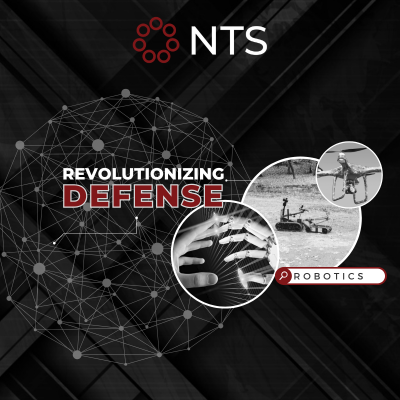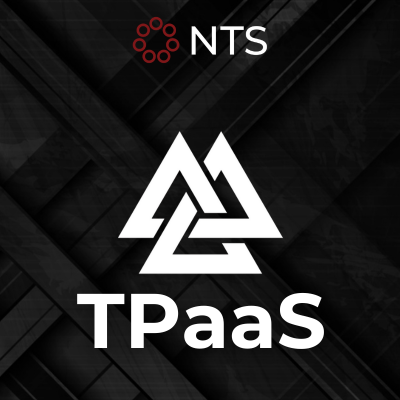Starting Your Automation Journey
Infrastructure automation aims to simplify IT operations while improving speed and agility by enabling IT teams to perform tasks with reduced human interaction associated with provisioning and managing workloads.
Automation is crucial to maintaining uptime, keeping costs down, and ensuring access to the right data and information at the right time. But adopting automation practices is not a simple step or even a series of steps – rather it is a journey of learning, adaptation, and repetition. And like every journey, there are preparations to be made.
Those who have undertaken automation practices do so with the key benefits in mind: cost-efficiency, fast delivery, reduced human error, and reduced complexity. Automation has the ability to lower resource expenses and deploy in less time with the highest accuracy and lowest amount of vulnerabilities; but it also has its challenges, especially for first-time adopters. While it may be true that automation ensures less errors, providing better cybersecurity posture and more reliable mission readiness, as well as opening time to train on items that need more time to train on, early adopters also need to face the time required to plan the switch-over to automation practices. In fact, the planning process is the first important step for early adopters, because this will determine the number of processes that need automating, the technology and strategies you use to automate, the amount of money you are willing to spend on said solutions, and a schedule to automate whilst keeping important goals and deadlines in mind.
The importance of these considerations means that proper planning will require a large chunk of time, a precious and valuable resource that many organizations would prefer not to expend, especially when said time could be used to prepare and release their products. In addition to the time needed to plan, organizations are often concerned about automation replacing the need for IT administrator’s technical skills. However, as systems and non-kinetic capabilities continue to advance, they require automation to operate effectively. Automation adds a level of resiliency to the business by allowing more personnel to initiate a task with less technical training, allowing your high-value resources to work on high-value tasks, not slow, error-prone, repetitive processes.
Automating modernizes your management of data, which is beneficial because DoD capabilities are developed using modern technologies needed to support and emulate in an operating environment. The NTS Automation-as-a-Service model not only offers the following benefits but also any resources you may need to fully automate your systems. Benefits include increases in speed, agility, and output; reduced/eliminated human error; and improved personnel utilization. Our Automation-as-a-Service model decreases upfront costs and accelerates delivery while increasing efficiency and productivity, designed to support your mission and IT objectives.










